Listen to this article
Estimated 5 minutes
The audio version of this article is generated by text-to-speech, a technology based on artificial intelligence.
A hidden archive of art and last thoughts created by Canadian soldiers potentially facing their last moments before the battle of Vimy Ridge has emerged from the soft chalk tunnels beneath the battlefield more than a century after they were created.
Thanks to new technology and colour of the delicate tunnel surfaces, a team of dedicated preservationists were able to re-scan the site and uncover more than 30 new names and stories previously lost to faintness or error.
“It’s a rewarding feeling,” Zenon Andrusyszyn, the non-profit Canadigm Group’s artistic director and creator told CBC News.
Since 2012, the group has been working to help ensure these messages, etched in chalk, are permanently saved — as the fragile underground tunnels may potentially collapse, swallowing their legacy whole.
An underground art gallery
The Battle of Vimy Ridge in April of 1917 is widely seen as both a turning point in the First World War and a crucible for Canada’s national identity. The young country looked to prove itself on the world stage, forging a sense of unity and purpose that would shape its future.
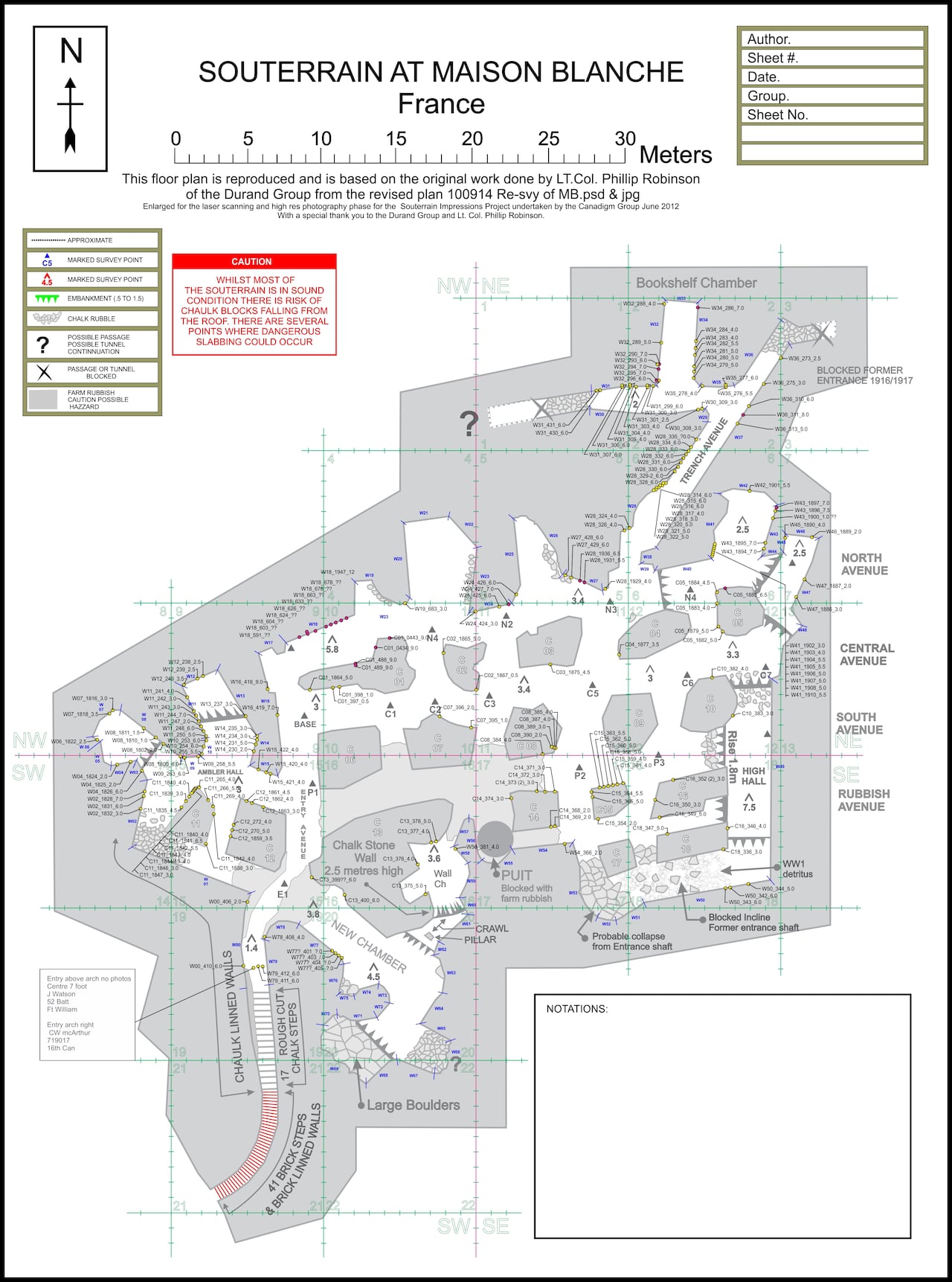
Thousands of Canadian soldiers lived and trained within the network of caverns dating back to medieval times, known as souterraines, that sprawled for kilometres, sometimes barely 10 metres below the surface for weeks prior to the three-day battle for Vimy Ridge.
“They were all connected,” said Teresa Iacobelli, a First World War historian at the Canadian War Museum in Ottawa. “So the supply, as well as the men, are moving through this vast tunnel system.”
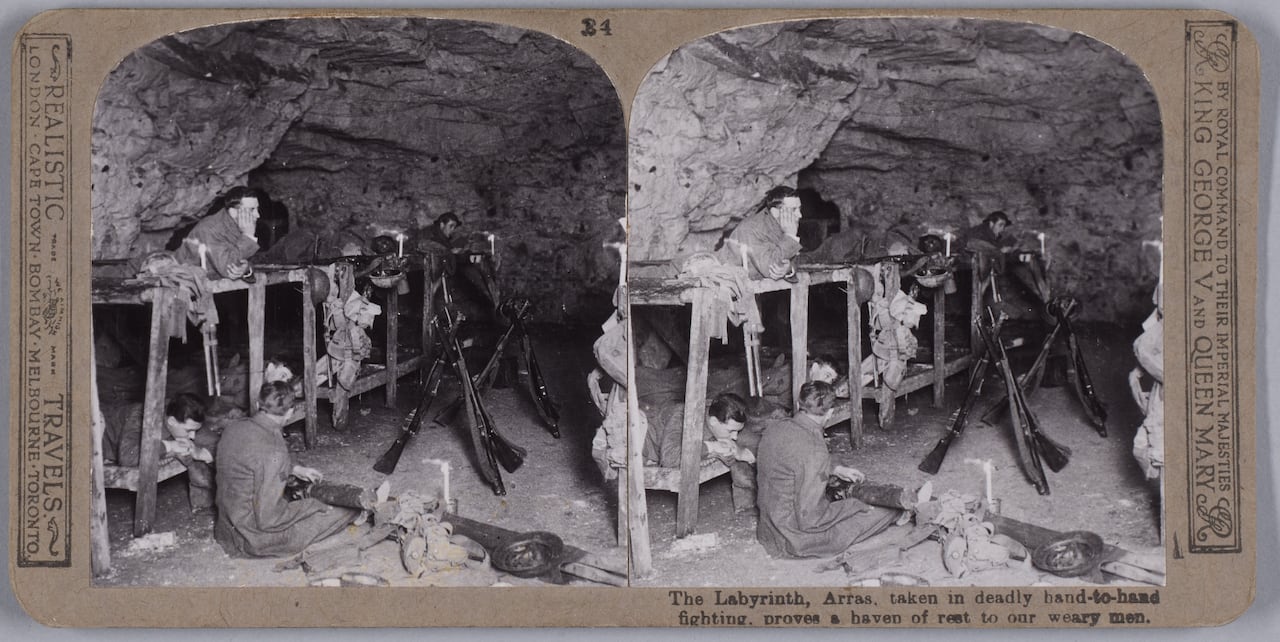
The tunnels also hid their movements from the enemy, and protected them from artillery bombardments above.
While they anxiously awaited battle, many of the soldiers spent their free time drawing, carving and sketching in the soft chalk walls, including a mailbox carved into the cave wall to store their letters in the event they died during the assault.
The result is an underground art gallery that ranges, from simple signatures and stick men, to elaborate carvings and portraits.
New technology uncovers 30 new names
The new discoveries by Canadigm Group are being driven by handheld 3D laser scanners. They’re a significant upgrade from older, more cumbersome equipment that required heavy tripods that the group had used on its previous visits.
“The old scanner wouldn’t pick up anything but the geometry. So the new scanner picks up geometry and the texture of the wall,” said Dan Mansfield, the project’s technologist.
Because of the leap in technology, Mansfield said he “re-did almost everything in the cave,” to discover any markings they might have previously missed.
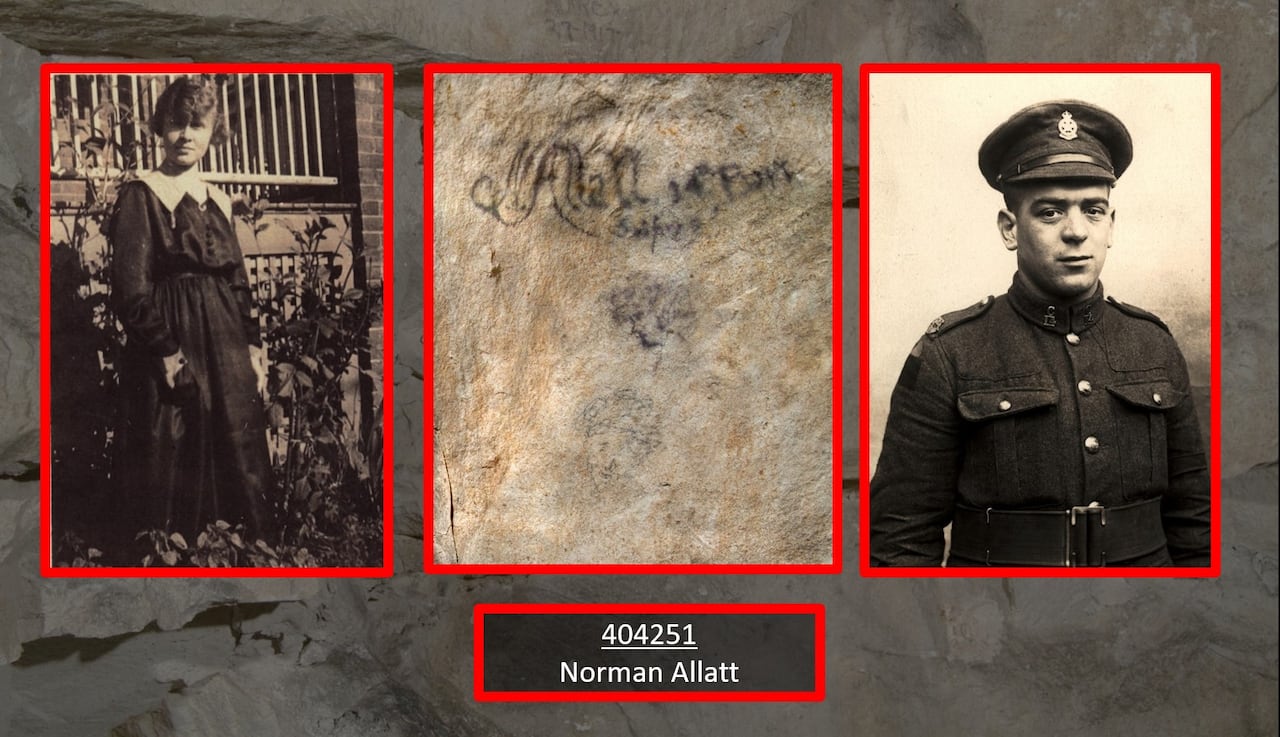
This meticulous digital resurrection brings faces and context to the soldiers, including Pte. Norman Allatt of Toronto, who wrote and drew messages, including a sketch of his girlfriend, who he later married after the war.
“We’ve linked a name to a face. And that face is now, in the eyes of another individual, no longer just text on a wall. It’s a person,” Andrusyszyn said.
‘An unrecognized national treasure’
Canadigm Group’s preservation work is an urgent race against time.
The sprawling caves are located beneath working farms where agricultural heavy machinery rolls overhead on a daily basis, increasing the potential for a large section of the structure to give way.
Such an event would erase the art people like Mansfield consider sacred to Canada’s national identity.
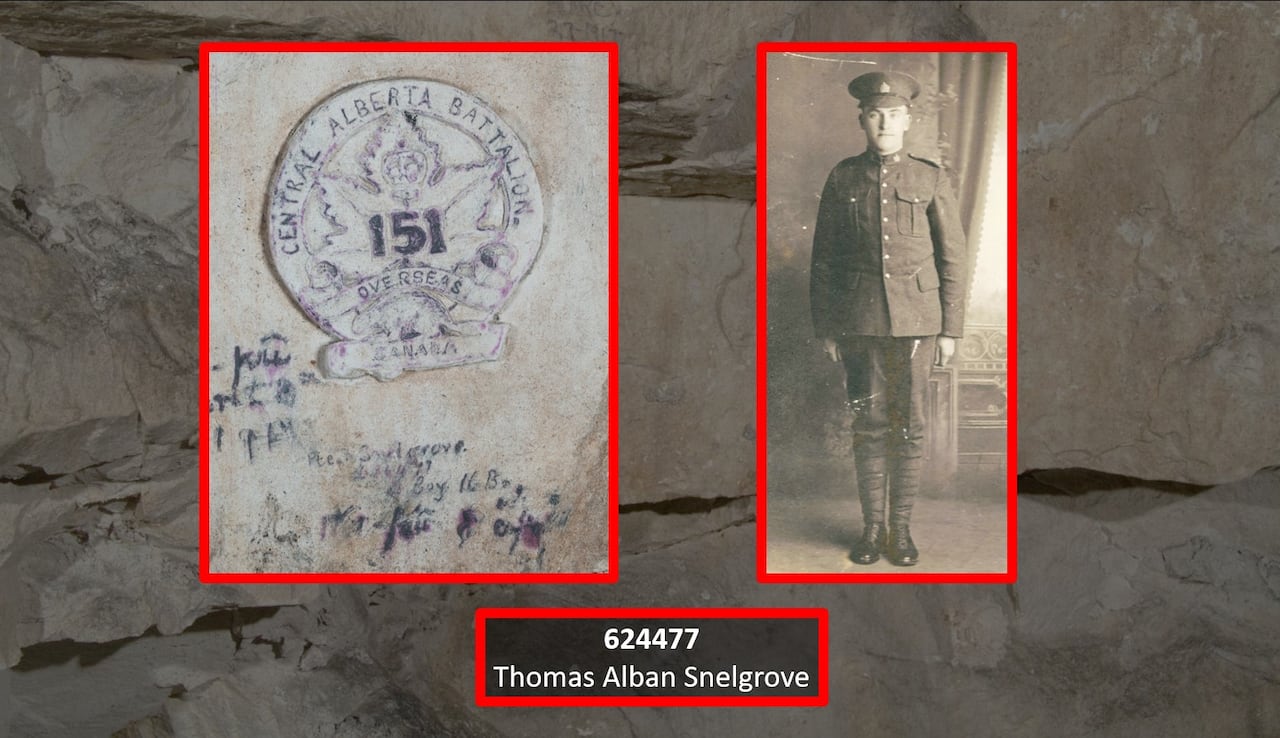
“It’s like walking into a church alone,” Mansfield said. “You see these carvings on the wall that these soldiers had done in some cases, right before they died; within days, some of them were dead.”
“It was like sticking your finger into an electric socket,” he said. “The energy in that place is so deep into the red zone you can’t even begin to fathom it.”
“In my opinion, it is an unrecognized national treasure.”
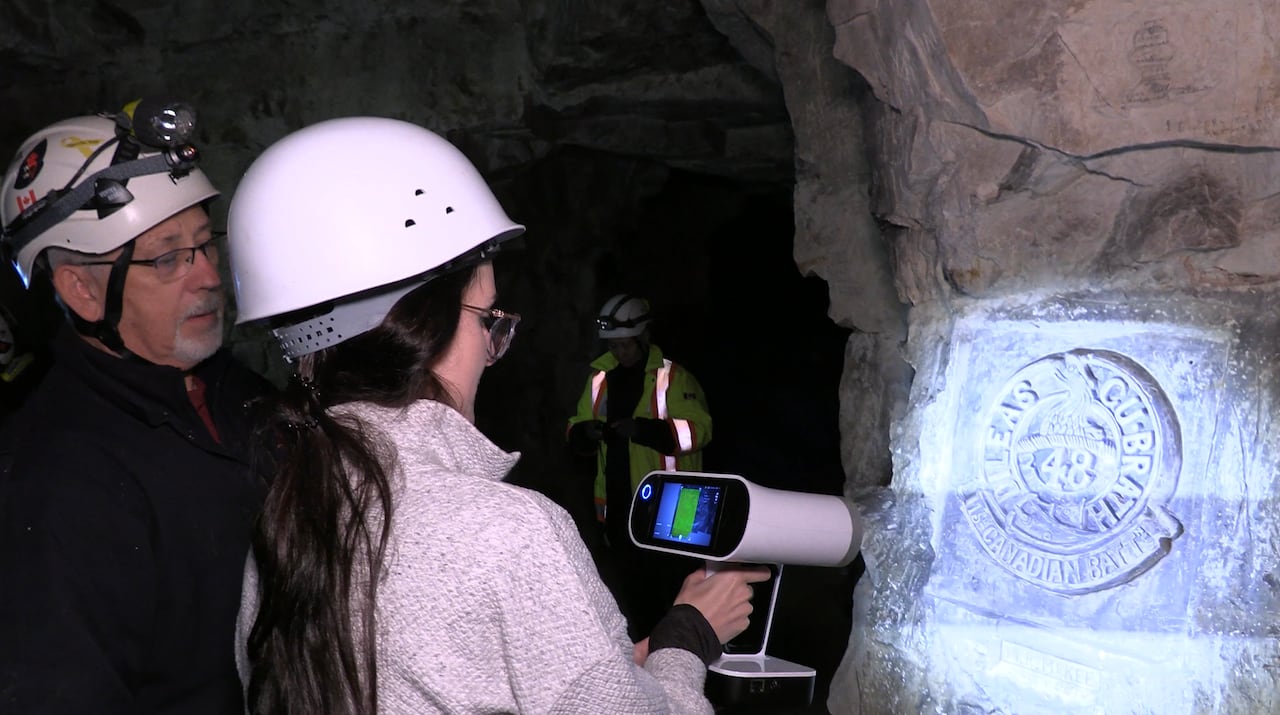
Andrusyzyn said seeing the carvings, drawings and writing on the walls made by thousands of young men was deeply moving, offering a window into their thoughts as they anxiously waited to launch the assault on the German position, with their last thoughts often fixed on home.
“You get into that person’s psyche at the time and you have to think of the fact that, above ground, shells are going off,” he said.
“It really puts a different spin on your life, when you start putting it into that kind of perspective, you know? Life is fleeting.”







